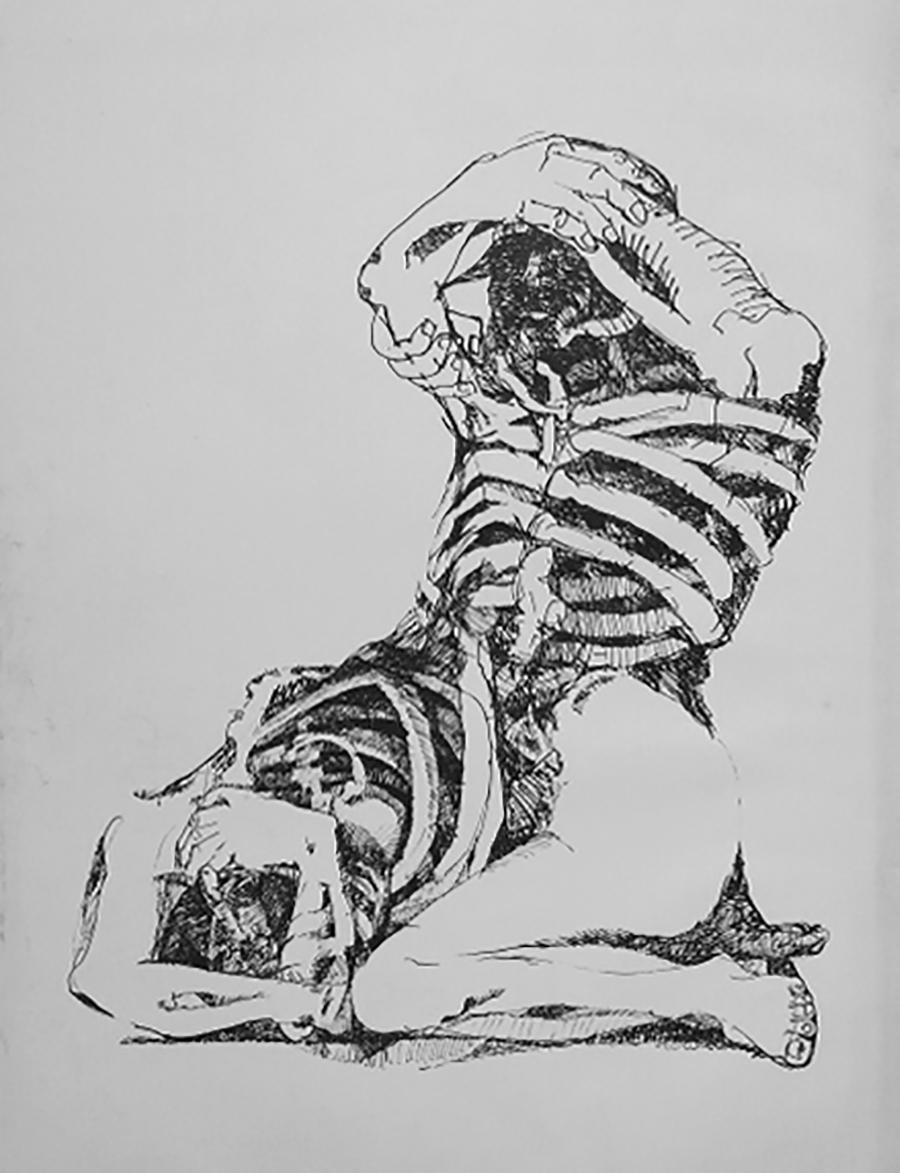Arthur Okamura, Barbara Galuschka Parsons, Billy Rose, Claudia Chapline, Connor Everts, Dieter Erhard, Harold Schwarm, John Griffiths, Jose Luis Quevedo Cuevas, Karl Kasten . . .
Prints and drawings from the Claudia Chapline collection


Arthur Okamura, Barbara Galuschka Parsons, Billy Rose, Claudia Chapline, Connor Everts, Dieter Erhard, Harold Schwarm, John Griffiths, Jose Luis Quevedo Cuevas, Karl Kasten . . .